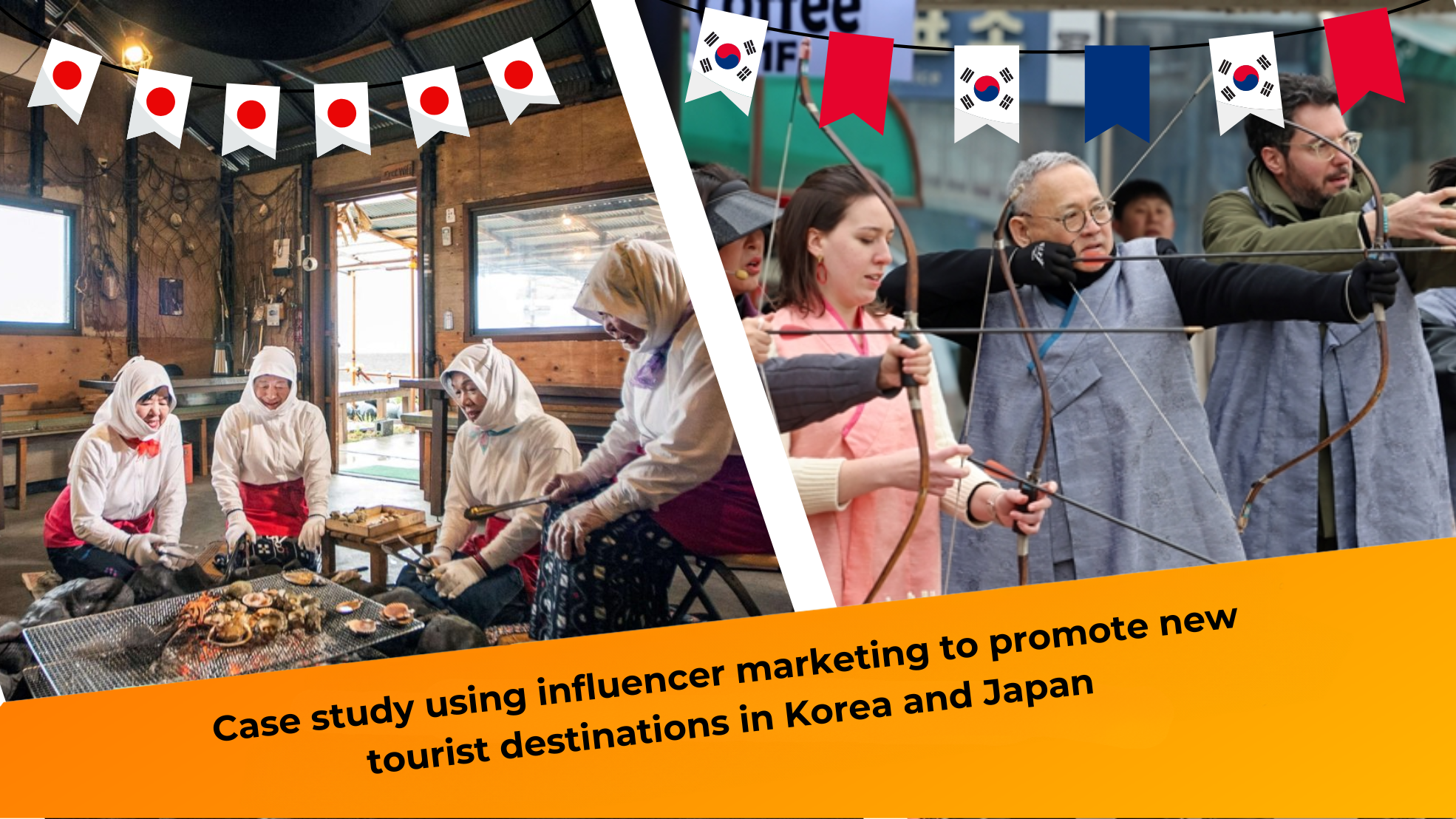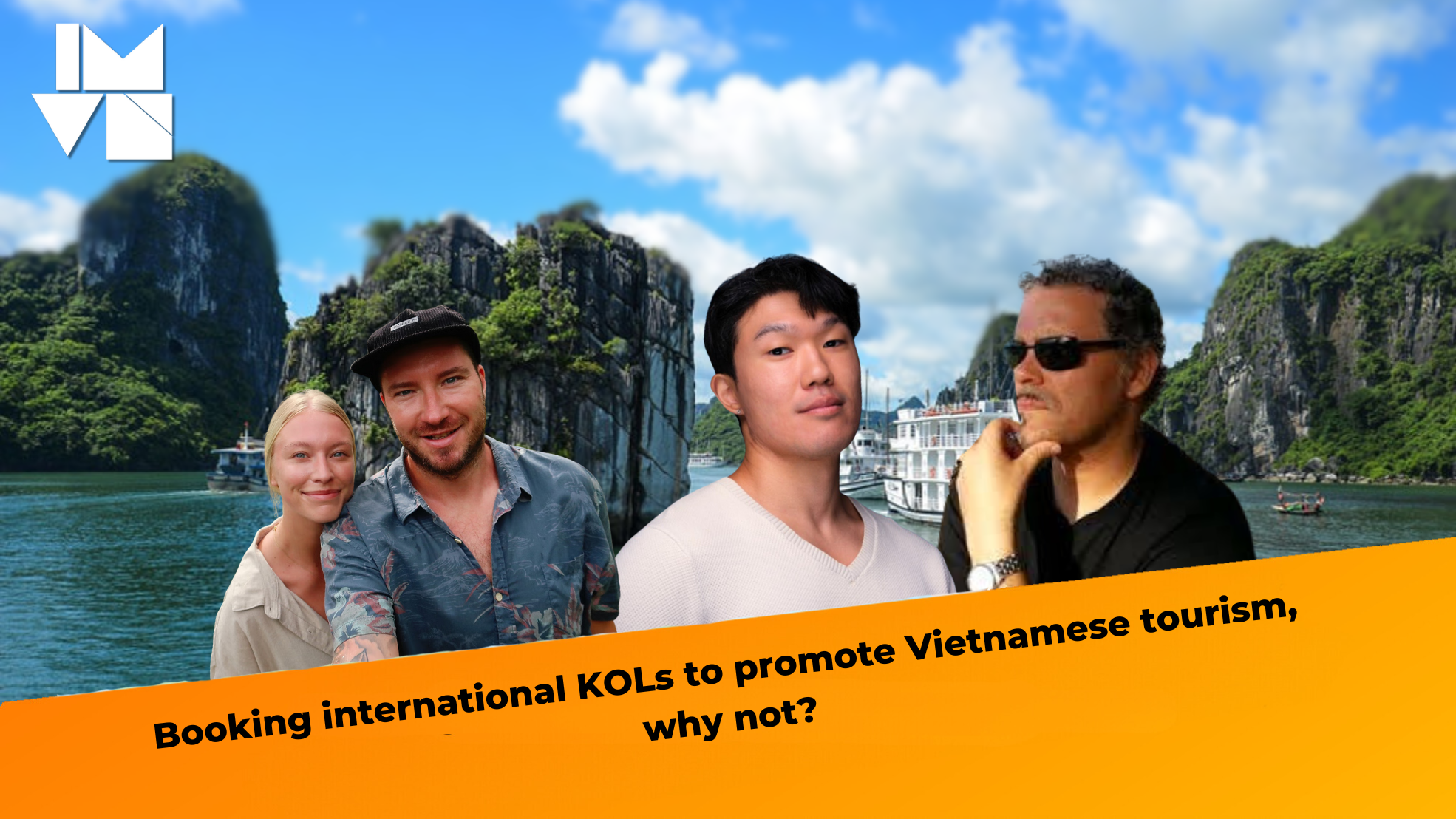eSports influencer marketing is a relatively new frontier for marketers and brands. Like other marketing channels and influencer marketing niches, it comes with its own set of challenges.
In this post, you’ll learn about some of the most common challenges in eSports influencer marketing and how to overcome them.
Challenge 1: Assessing Brand Suitability
First and foremost, consider the demographics of the eSports audience to understand if this industry aligns with your brand. According to GlobalWebIndex, 15% of internet users are eSports enthusiasts. The majority of them are under 34 years old, with 38% of eSports fans aged 16 to 24 and 35% aged 25 to 34.
If your brand sells high-end products, achieving success with eSports influencer marketing might be challenging, as most eSports community members have average incomes. 46% of fans fall within the middle-income bracket.
Challenge 2: Choosing the Right Influencers to Collaborate With
This challenge is universal in influencer marketing, not unique to eSports. According to a study by Relatable, nearly 40% of marketing professionals believe identifying the right influencers for brand promotion is the most crucial factor.
Selecting influencers for collaboration can be challenging due to the numerous factors to consider, including reach, sentiment, engagement rate, content quality, and more. Most importantly, assess whether the influencer can reach your target audience.
An ideal influencer might have a large following, create engaging content, and have a good engagement rate and affordable fees. But what if, among their thousands of followers, only a small fraction aligns with your target audience?
After shortlisting potential influencers based on various factors, delve deeper into their audience demographics. Compare these figures with your defined target audience and check for strong alignment. In Vietnam, platforms like 7Saturday and Hiip Asia offer audience analysis features to help you achieve this.
Challenge 3: Campaign Categorization
Brands often partner with influential eSports teams by sponsoring tournaments or providing gaming products and equipment. However, this approach is typically suitable for brands within the gaming and technology industries. What campaigns can you run if your brand is unrelated?
Gaming app brands can sponsor eSports teams for brand visibility at tournaments. For example, Swing sponsored the Phantom team with uniforms featuring the brand logo. However, sponsorship budgets can be substantial, requiring brands to carefully consider the financial commitment.
You might need influencers to showcase your brand or product for increased brand awareness. In this case, you can sponsor eSports influencers to create content on Twitch. They can integrate brand messaging into their streams or simply mention the sponsorship.
Collaborating with an eSports influencer agency is often the most effective way to develop suitable campaigns for your brand. These agencies can tailor campaigns to your specific objectives.
Challenge 4: Measuring Campaign Performance
Measuring ROI in eSports influencer marketing presents another challenge.
For campaigns involving sponsoring eSports teams in tournaments, directly measuring ROI is difficult. You should track standard performance metrics like website traffic, social media mentions, follower growth rate, engagement rate, and so on.
Currently, this is the primary way to gauge ROI in influencer marketing campaigns. For campaigns where eSports influencers create content for your brand, you have other options for ROI measurement, often depending on the platform you use to track campaign performance data.
Conclusion
While eSports influencer marketing can be challenging, the potential rewards are worth the effort and time. Utilize the tips above to overcome the biggest challenges in eSports influencer marketing and witness your business thrive.





